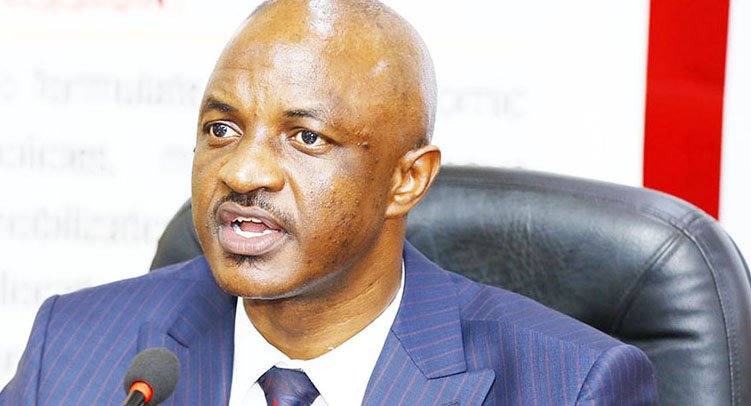Kampala, Uganda – August 2024: Uganda’s inflationary landscape saw notable shifts in July 2024, with annual headline inflation edging up to 4.0 percent, a slight increase from 3.9 percent in June 2024, according to the Ministry of Finance’s latest economic performance report. This increase was largely driven by rising prices in core and food crop items, reflecting the complexities in the country’s economic environment.
Understanding Annual Headline Inflation
Annual headline inflation refers to the percentage change in the overall price level of a basket of goods and services over a one-year period. This measure includes all items in the Consumer Price Index (CPI), encompassing unstable components like food and energy prices, which can fluctuate significantly. The uptick to 4.0 percent in July signals a modest increase in the cost of living, driven by higher costs in sectors such as transportation, accommodation, and food.
Core Inflation Trends
Core inflation, which excludes volatile items like food and energy, also rose to 4.0 percent in July from 3.8 percent in June. This rise is attributed to higher prices in passenger transport services, which jumped to 8.2 percent from 7.0 percent, and an increase in recreation, sports, and cultural services. The steady rise in core inflation indicates underlying inflationary pressures that are gradually building up in the economy.
Surprising Developments in Food Prices
One of the more surprising developments was the sharp increase in food prices, particularly for items like matooke, Irish potatoes, and cabbages. Annual food crop inflation jumped to 2.0 percent in July from 0.5 percent in June, largely due to a significant price hike in these staples. For instance, the price of matooke surged by 3.6 percent, a stark contrast to the 10.4 percent decline recorded in June. Similarly, Irish potatoes and cabbages saw dramatic price increases of 17.2 percent and 32.5 percent, respectively, compared to the previous month.
Energy, Fuels, and Utilities (EFU) Inflation Declines
On a positive note, Annual Energy, Fuels, and Utilities (EFU) inflation declined to 6.2 percent in July from 10.3 percent in June. This reduction was driven by a slowdown in the rate of price increases for both liquid and solid fuels, including petrol and diesel. For example, the inflation rate for petrol dropped to 8.8 percent from 9.0 percent, while diesel saw a slight decrease to 1.5 percent from 2.0 percent. This downward trend in energy prices provides some relief to consumers and businesses alike.
Economic Activity and Business Optimism
Despite these inflationary pressures, there has been a continued improvement in economic activity. The Composite Index of Economic Activity (CIEA) grew by 0.97 percent from 166.61 in May to 168.22 in June, supported by growth in sectors like coffee exports, trade, and real estate. This growth is reflected in the Business Tendency Index (BTI), which remained positive at 59.03 in July, well above the 50-mark threshold that indicates optimism within the business community.
Exchange Rate Movements
The Ugandan Shilling appreciated by 1.1 percent against the US Dollar in July, strengthening to an average mid-rate of Shs 3,705.85/USD, from Shs 3,747.19/USD in June. This appreciation was due to an increased supply of dollars, supported by higher inflows from coffee exports, foreign direct investments in the oil and gas sector, and increased tourism receipts.
Interest Rates and Lending
The Central Bank Rate (CBR) remained steady at 10.25 percent for the fourth consecutive month in July, but it was reduced to 10.0 percent in early August. The reduction reflects the Central Bank’s expectation that inflation will remain below the 5 percent target for the fiscal year 2024/25. Additionally, lending rates for Shilling-denominated credit decreased to 17.64 percent in June, down from 18.85 percent in May, benefiting prime borrowers. However, lending rates for foreign currency-denominated credit increased slightly to 9.23 percent from 8.87 percent in May.
Conclusion
Uganda’s economic landscape in July 2024 is marked by a delicate balance between rising inflation and steady economic activity. While the slight increase in headline and core inflation poses challenges, the overall economic outlook remains optimistic, with improvements in key sectors and a stable exchange rate. As the country navigates these trends, the focus will likely remain on managing inflationary pressures while sustaining economic growth.

